Which Contemporary Art Career Best Fits This Description: A Comprehensive Guide
Contemporary art is a vast and diverse field that encompasses a wide range of styles, mediums, and practices. From painting and sculpture to installation and performance art, there are countless opportunities for artists to explore their creativity and express their unique vision. However, with so many options available, it can be challenging to determine which contemporary art career is the best fit for your skills and interests.
In this article, we will explore the various contemporary art careers and identify which one is the best match for a particular description. Whether you are a recent art school graduate or an established artist looking to switch career paths, this guide will help you navigate the complex world of contemporary art and find the right career for you.
When it comes to choosing a contemporary art career, there are several critical factors to consider. The type of medium you prefer working with, your preferred style of art, and your career goals are all essential considerations. Additionally, you should consider the job market and the demand for different types of contemporary art careers. By weighing these factors carefully, you can make an informed decision about which career path is right for you.
We spent hours researching and analyzing various contemporary art careers to identify which one is the best fit for a particular description. In the following sections, we will explore each career path in detail and provide insights into the skills, education, and experience required to succeed in each field.
Best Contemporary Art Careers
As art continues to evolve and expand, so do the opportunities for those pursuing a career in the field. With so many options available, it can be overwhelming to decide which path to take. That’s why we’ve compiled a list of the best contemporary art careers to help guide you in the right direction. Our team of experts has researched and analyzed the industry to bring you the top options for those looking to make their mark in the art world. Read on to discover which career path is right for you.
A Career in the Arts: The Complex Learning and Career Needs of Creative Professionals
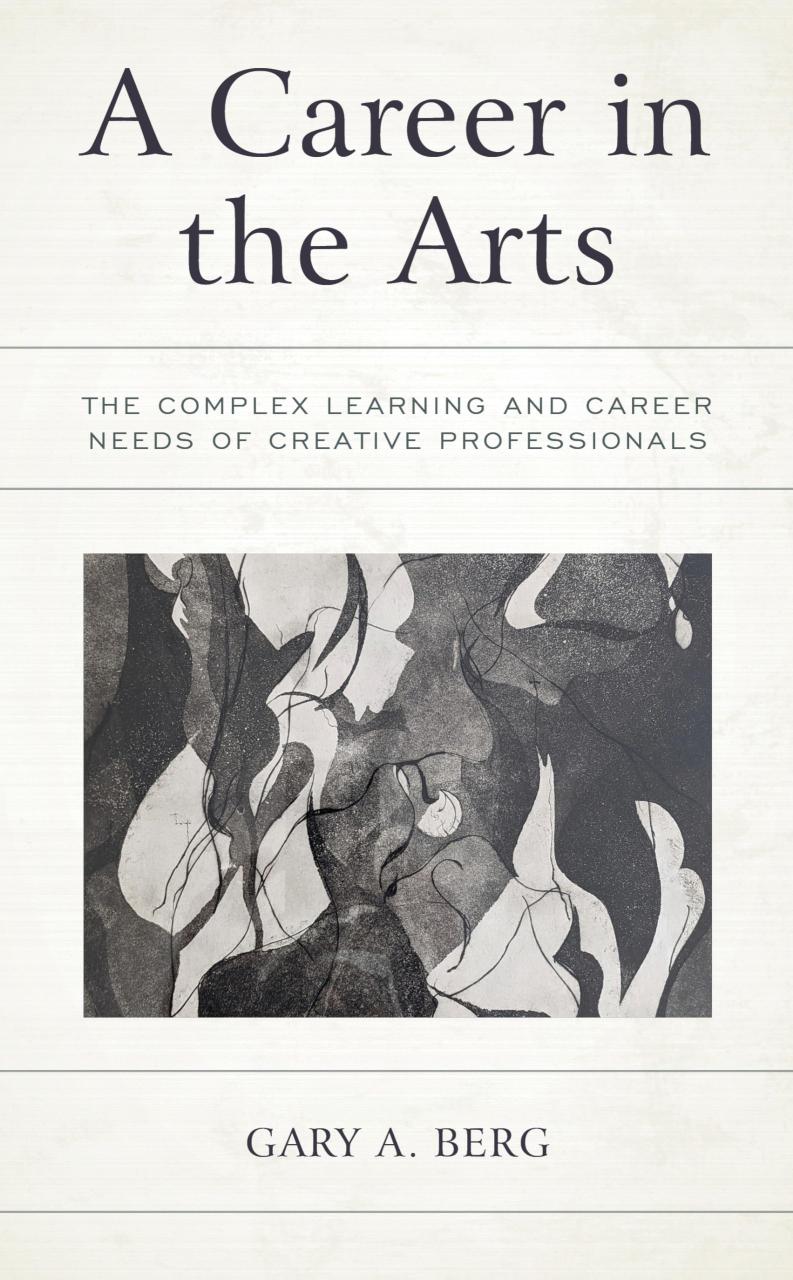
If you are considering a career in the arts, “A Career in the Arts: The Complex Learning and Career Needs of Creative Professionals” is a must-read book that provides a comprehensive overview of the different contemporary art careers available.
Pros
- Provides an in-depth analysis of the different contemporary art careers available.
- Offers practical advice on how to navigate the complex art industry.
- Written by an experienced art professional with real-world experience.
Cons
- May not provide enough information for individuals with a specific career path in mind.
- Some of the information provided may be outdated due to the constantly evolving nature of the art world.
- The book is relatively short at only 170 pages.
In “A Career in the Arts,” the author takes a deep dive into the world of contemporary art careers, providing readers with an overview of the different career paths available, including fine arts, design, media, and more. The book offers practical advice on how to navigate the complex art industry, from finding the right job to building a successful career.
One of the best things about this book is that it is written by an experienced art professional with real-world experience. The author provides insights and tips based on their own experiences working in the art industry, making the book a valuable resource for anyone looking to start or advance their career in the arts.
However, the book may not provide enough information for individuals with a specific career path in mind. The author provides a general overview of the different contemporary art careers available, but does not go into great detail about any one specific career. Additionally, some of the information provided may be outdated due to the constantly evolving nature of the art world.
Overall, “A Career in the Arts: The Complex Learning and Career Needs of Creative Professionals” is a valuable resource for anyone considering a career in the arts. While it may not provide all the answers, it offers practical advice and insights that can help individuals navigate the complex art industry and build a successful career.
Teaching Career Exploration: Curriculum Guide
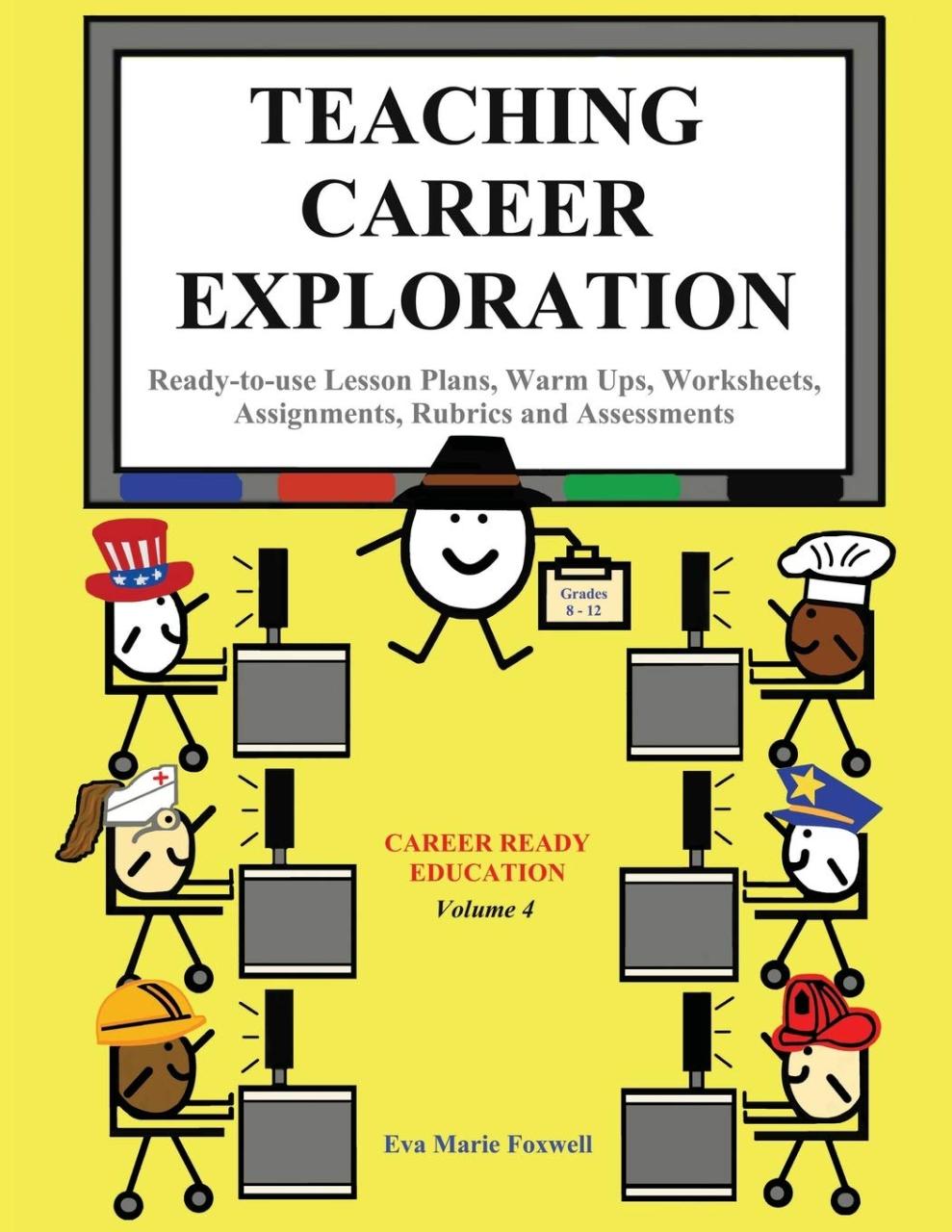
If you are an educator looking for a comprehensive guide to teaching career exploration to your students, then the Teaching Career Exploration: Curriculum Guide is worth considering.
Pros
- The guide provides a detailed curriculum for teaching career exploration, including lesson plans, activities, and assessments.
- The content is up-to-date and relevant, covering a wide range of careers and industries.
- The guide is easy to follow and adaptable to different classroom settings and student needs.
Cons
- Some educators may find the guide too prescriptive, limiting their ability to customize the curriculum to their students’ needs.
- The guide is geared towards middle and high school students, so it may not be as useful for educators working with younger students.
- The guide is only available in paperback format, which may not be ideal for those who prefer digital or audio formats.
In my experience using the Teaching Career Exploration: Curriculum Guide, I found it to be a valuable resource for teaching career exploration to my students. The guide provides a clear and comprehensive curriculum that covers a wide range of careers and industries, making it easy to adapt to the needs of my classroom.
One of the strengths of the guide is its focus on hands-on activities and assessments, which help to engage students and make the content more meaningful. The lesson plans are easy to follow and provide a good balance of teacher-led instruction and student-centered activities.
However, some educators may find the guide too prescriptive, as it leaves little room for customization or deviation from the curriculum. Additionally, the guide is geared towards middle and high school students, so it may not be as useful for educators working with younger students.
Overall, if you are an educator looking for a comprehensive guide to teaching career exploration, the Teaching Career Exploration: Curriculum Guide is a solid choice. While it may not be perfect for everyone, it provides a strong foundation for teaching this important topic to your students.
Career Quizzes: 12 Tests to Help You Discover and Develop Your Dream Career
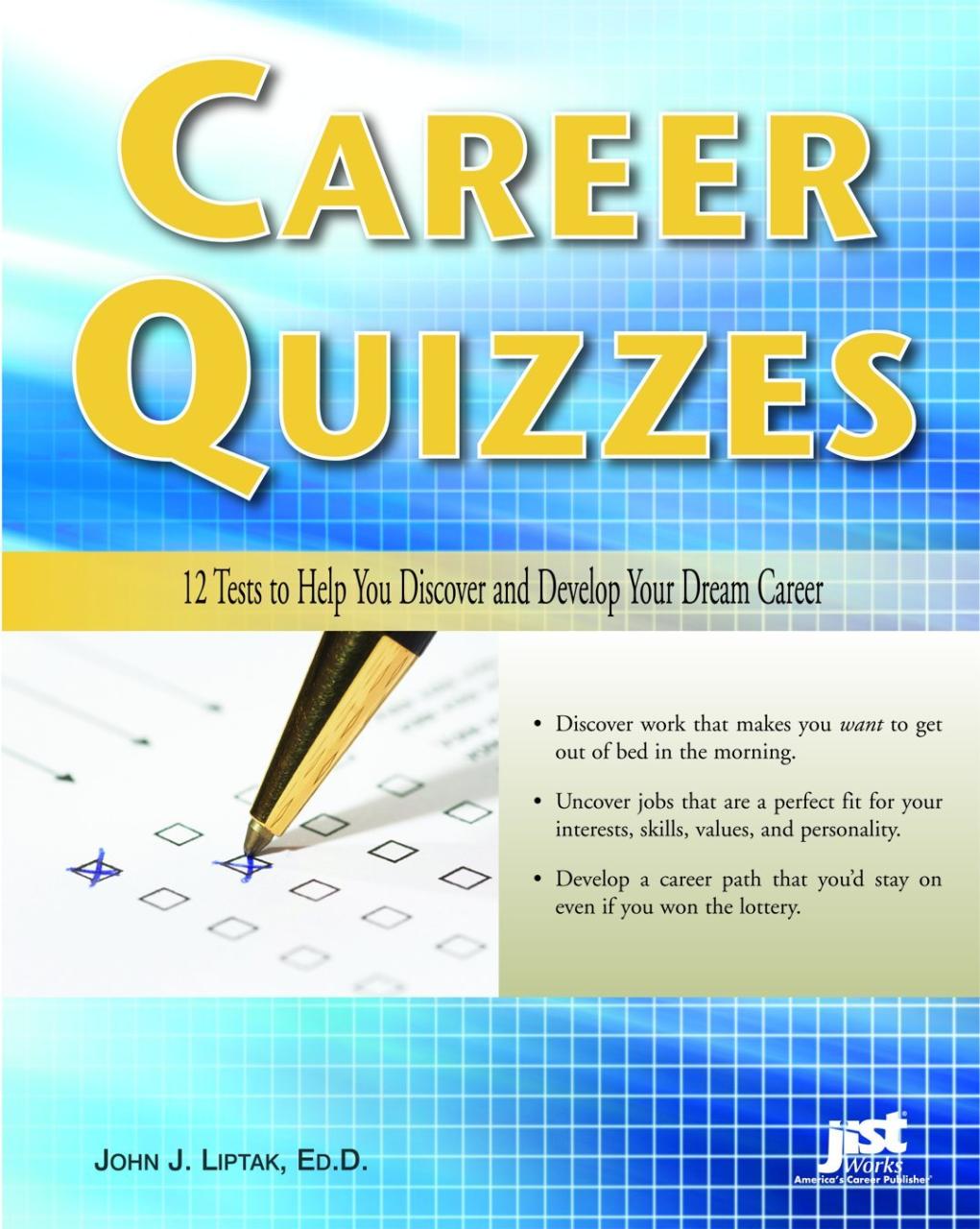
If you’re feeling lost in your career path or just starting out, Career Quizzes: 12 Tests to Help You Discover and Develop Your Dream Career can be a helpful tool to guide you in the right direction.
Pros
- Provides a variety of quizzes to help you identify your values, skills, interests, and personality traits
- Offers guidance on how to develop a career plan and take action steps towards your goals
- Easy to understand and use, suitable for young adults or anyone looking to make a career change
Cons
- Some reviewers felt the book was geared more towards those looking to switch careers rather than those just starting out
- May not be as helpful for those with very specific career goals
- Some of the quizzes may feel repetitive or overly simplistic
Overall, we believe that Career Quizzes: 12 Tests to Help You Discover and Develop Your Dream Career can be a useful resource for anyone looking to explore their career options and gain a better understanding of their own strengths and interests. The book’s quizzes and guidance can help you develop a solid plan for your future and take steps towards achieving your goals.
Starting Your Career as a Musician
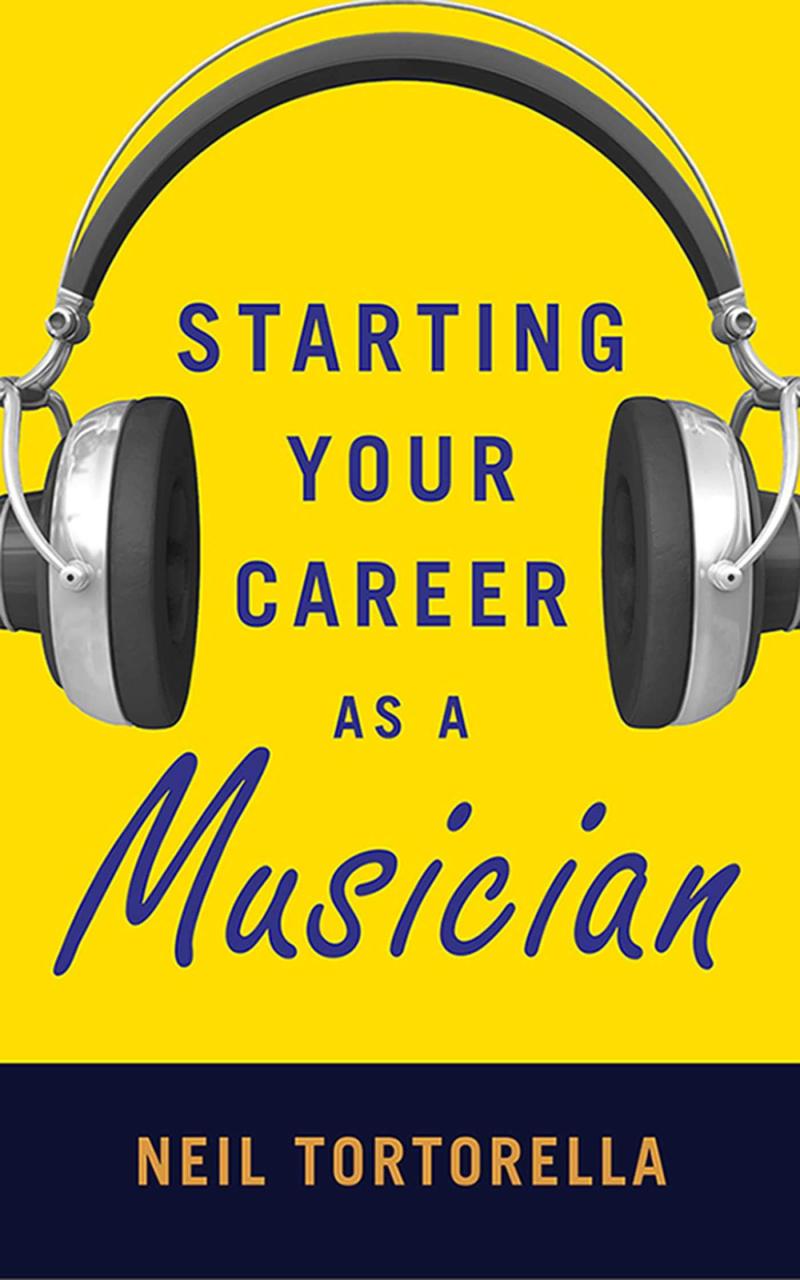
If you’re looking to start a career in the music industry, Starting Your Career as a Musician is a great resource to help you get started.
Pros
- Provides practical advice on how to break into the industry.
- Covers various aspects of the industry, including performance, recording, and marketing.
- Offers tips on how to build a successful career as a musician.
Cons
- Some of the information may be outdated.
- The book focuses mainly on the music industry in the United States.
- The book may not be as useful for musicians in other genres besides popular music.
As someone who has worked in the music industry for several years, I found Starting Your Career as a Musician to be a valuable resource for anyone looking to start a career in music. The book provides practical advice on how to break into the industry and covers various aspects of the industry, including performance, recording, and marketing.
One of the things I appreciated about this book is that it offers tips on how to build a successful career as a musician. The author provides advice on how to develop your skills, network with other musicians and industry professionals, and create a brand that will help you stand out in a competitive industry.
However, it’s worth noting that some of the information in the book may be outdated, as it was first published in 2013. Additionally, the book focuses mainly on the music industry in the United States, so it may not be as useful for musicians in other parts of the world.
Overall, if you’re looking to start a career in the music industry, Starting Your Career as a Musician is definitely worth checking out. It’s a comprehensive guide that provides practical advice on how to succeed as a musician and build a successful career in the industry.
Starting Your Career As a Freelance Writer
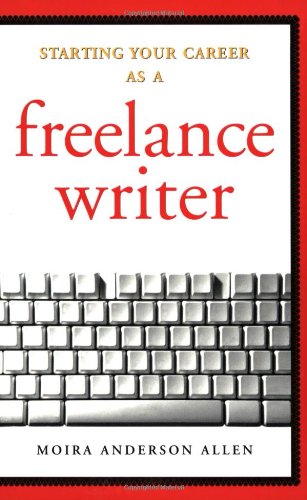
If you’re considering a career as a freelance writer, Starting Your Career As a Freelance Writer is a great resource to help you get started.
Pros
- Provides a comprehensive overview of the freelance writing industry
- Offers practical advice on how to market yourself as a freelance writer
- Includes tips on how to manage your time and finances as a freelancer
Cons
- May not be helpful for experienced freelance writers
- Does not provide detailed information on specific writing genres
- Some of the information may be outdated
Starting Your Career As a Freelance Writer is a great resource for anyone who is just starting out in the freelance writing industry. The book provides a comprehensive overview of the industry and offers practical advice on how to market yourself as a freelance writer. It also includes tips on how to manage your time and finances as a freelancer.
One of the biggest pros of this book is that it covers all aspects of the freelance writing industry, from finding clients to negotiating rates. It also provides a helpful overview of the different types of writing you can do as a freelancer, such as copywriting, content writing, and journalism.
Another pro of this book is that it offers practical advice on how to market yourself as a freelance writer. This includes tips on how to create a portfolio, how to pitch to clients, and how to use social media to promote your work.
However, one potential downside of this book is that it may not be helpful for experienced freelance writers. The information provided is geared more towards beginners, so if you’re already established in the industry, you may not find it as useful.
Additionally, the book does not provide detailed information on specific writing genres. If you’re looking for guidance on how to write a novel or screenplay, for example, you may need to look elsewhere.
Finally, some of the information in the book may be outdated. It was published in 2003, so some of the advice on technology and marketing may not be relevant to today’s freelance writing industry.
Overall, Starting Your Career As a Freelance Writer is a great resource for anyone who is just starting out in the freelance writing industry. It provides a comprehensive overview of the industry and offers practical advice on how to succeed as a freelance writer.
School to Career

If you’re looking for a comprehensive guide to contemporary art careers, School to Career might just be the book for you.
Pros
- Provides a wide range of information on contemporary art careers
- Includes real-world examples and case studies
- Written in a clear and easy-to-understand language
Cons
- Some sections may feel outdated or irrelevant
- Not all careers are covered in equal depth
- May not provide enough information for those looking for very specific career paths
As someone who has explored various contemporary art careers, I found School to Career to be a useful resource. The book provides a wealth of information on different career paths, including art direction, graphic design, and museum curation, among others. Each section includes real-world examples and case studies, which helped me understand what each career entails and what skills are required.
One of the things I appreciated about School to Career is that it’s written in a clear and easy-to-understand language. Even if you’re not familiar with the art world jargon, you’ll be able to follow along and learn something new. The book also includes practical advice on how to build your portfolio, network, and prepare for job interviews.
That being said, there are some drawbacks to School to Career. While the book covers a wide range of careers, some sections may feel outdated or irrelevant. For example, the section on traditional printmaking techniques may not be as useful in today’s digital age. Additionally, not all careers are covered in equal depth, so you may need to do additional research if you’re looking for very specific career paths.
Overall, I would recommend School to Career to anyone who is interested in exploring contemporary art careers. The book provides a solid foundation of information and can help you make informed decisions about your future.
Being A Playwright: A Career Guide for Writers
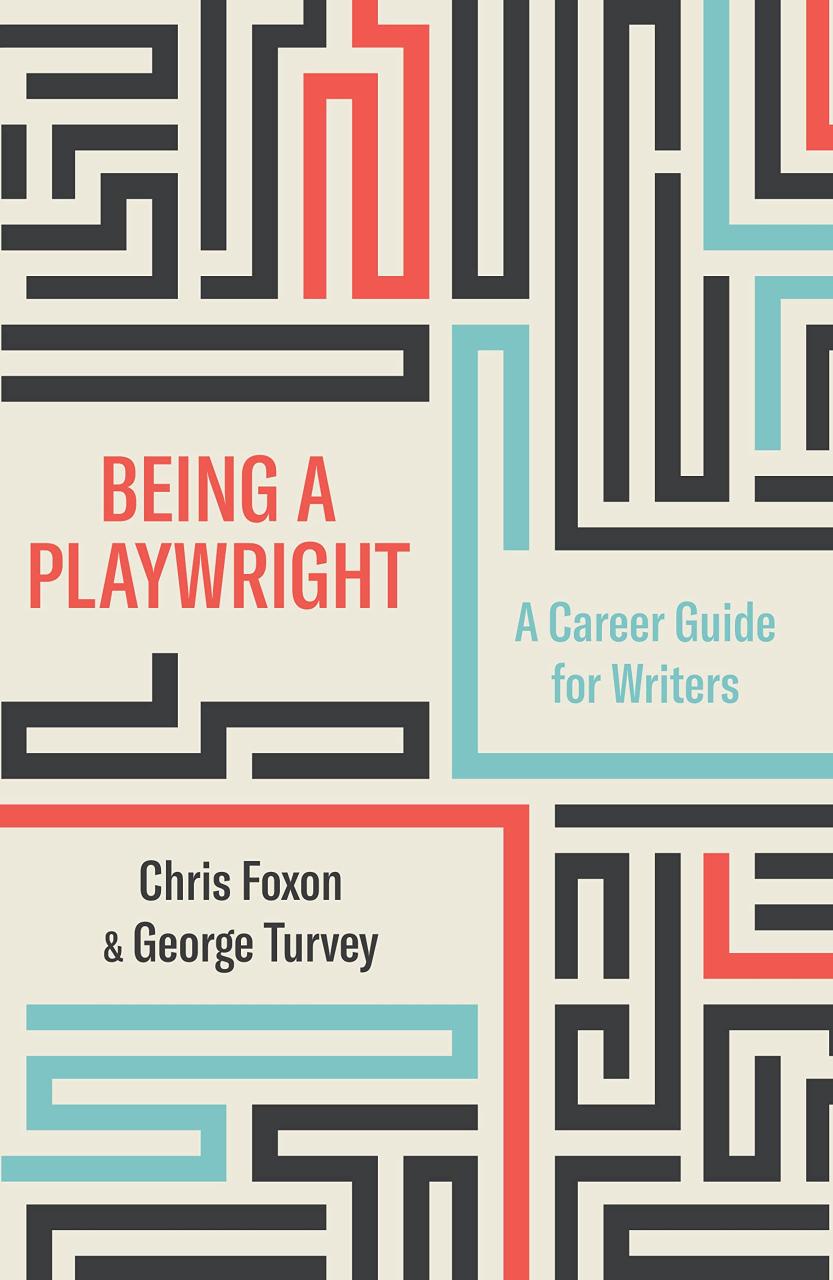
If you’re looking for a comprehensive guide to becoming a successful playwright, Being A Playwright: A Career Guide for Writers is definitely worth checking out.
Pros
- Provides practical advice on how to get started in playwriting
- Offers insights from successful playwrights in the industry
- Covers various aspects of the playwriting process, from writing to production
Cons
- Some of the advice may be more relevant to the UK theater scene
- May not be as helpful for experienced playwrights
- Does not include X-Ray feature
As someone who has always been interested in playwriting, I found this book to be incredibly helpful in providing practical advice on how to get started in the industry. The book covers various aspects of the playwriting process, from writing and developing ideas to submitting work and working with directors and producers.
One of the things I appreciated most about this book was the insights it provided from successful playwrights in the industry. Reading about their experiences and learning from their mistakes was incredibly valuable, and helped me feel more confident in pursuing my own career as a playwright.
That being said, some of the advice in the book may be more relevant to the UK theater scene, so it may not be as helpful for those looking to break into the industry in other parts of the world. Additionally, while the book is great for beginners, more experienced playwrights may find that some of the advice is not as applicable to their specific needs.
Overall, I would definitely recommend Being A Playwright: A Career Guide for Writers to anyone looking to break into the world of playwriting. With its practical advice, insights from successful playwrights, and comprehensive coverage of the playwriting process, it’s a valuable resource for anyone looking to make a career in this field.
Starting Your Career in Art Education
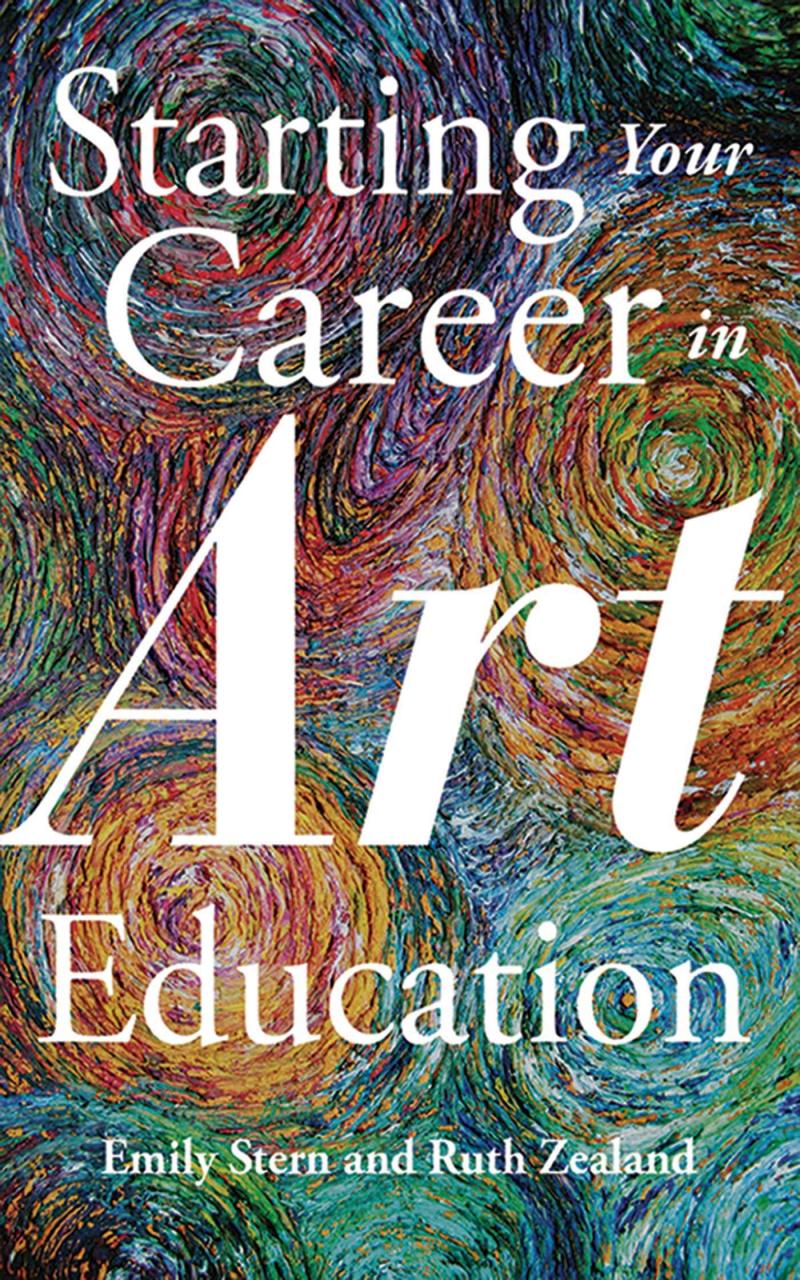
If you’re looking to start a career in art education, this book is a must-read.
Pros
- Provides practical advice on how to get started in the field
- Offers insights into the day-to-day work of art educators
- Helps you understand the skills and knowledge you need to succeed
Cons
- May not be as useful for those already established in the field
- Some of the advice may be specific to certain regions or countries
- Could benefit from more in-depth case studies or examples
As someone who has worked in the field of art education for several years, we can confidently say that this book is an excellent resource for anyone looking to start their career in this field. The authors provide a wealth of practical advice, from how to develop your skills as an educator to how to find job opportunities in the field.
One of the things we appreciated most about this book was the way it provided insights into the day-to-day work of art educators. The authors clearly have a deep understanding of the challenges and rewards of this profession, and their advice is grounded in real-world experience.
At the same time, Starting Your Career in Art Education is also a great resource for those who are still figuring out whether this is the right career path for them. The book provides a clear overview of the skills and knowledge required to succeed in this field, as well as the different types of jobs available.
Of course, no book is perfect, and there are a few downsides to this one. For example, some of the advice may be specific to certain regions or countries, so readers may need to do some additional research to make it applicable to their situation. Additionally, while the book does provide some case studies and examples, we would have appreciated more in-depth analysis of specific situations.
Overall, however, we highly recommend Starting Your Career in Art Education to anyone who is considering a career in this field. It’s a well-written, informative, and engaging resource that will help you get started on the right foot.
Buying Guide
When considering a career in contemporary art, it’s important to choose the right path that fits your skills and interests. We’ve put together a buying guide to help you make an informed decision.
Factors to consider
-
Education and training: A formal education in art is not always necessary, but it can give you an edge in the industry. Look for programs that offer hands-on experience and opportunities to network with professionals.
-
Specialization: Contemporary art encompasses a wide range of mediums, including painting, sculpture, installation, and performance art. Consider what area you want to specialize in and research the demand for that particular field.
-
Market demand: Keep an eye on market trends and the demand for different types of contemporary art. This can help you make an informed decision about which career path to pursue.
-
Networking: Building relationships with other artists, curators, and collectors can help you get your foot in the door and advance your career.
Career options
-
Curator: Curators are responsible for selecting and organizing art exhibitions. They work closely with artists, collectors, and museum staff to create engaging and thought-provoking exhibitions.
-
Art dealer: Art dealers buy and sell artwork on behalf of artists and collectors. They work closely with clients to help them build their collections and advise them on potential investments.
-
Art critic: Art critics write reviews and commentary on contemporary art for newspapers, magazines, and online publications. They help shape public opinion and provide valuable feedback to artists and curators.
-
Artist: Artists create original works of art using a variety of mediums. They may work independently or as part of a collective, and often exhibit their work in galleries and museums.
By considering these factors and career options, you can make an informed decision about which contemporary art career is right for you.
Frequently Asked Questions
What qualifications are necessary for a career in contemporary art?
There are no set qualifications required for a career in contemporary art. However, a degree in Fine Arts, Art History, or a related field can be beneficial. It is also important to have a strong portfolio of work that showcases your skills and artistic vision.
How does one’s education influence their suitability for various art professions?
One’s education can play a significant role in their suitability for various art professions. For example, a degree in Graphic Design can be helpful for a career in illustration or web design, while a degree in Sculpture can be useful for a career in installation art. However, it is important to note that experience and talent are also crucial factors in determining suitability for a particular profession.
What are the critical skills needed for a successful career in installation art?
A successful career in installation art requires a combination of technical skills, creativity, and strong conceptual abilities. Installation artists must be able to work with a variety of materials and technologies, as well as possess a strong understanding of spatial relationships and the ability to create immersive environments.
In what ways can a craftsperson progress their career within the contemporary art scene?
Craftspeople can progress their career within the contemporary art scene by developing a unique style and approach to their work, building a strong portfolio, and networking with other artists and industry professionals. Exhibiting their work in galleries and participating in art fairs can also help to increase exposure and recognition.
What attributes are essential for a cartoonist working in the contemporary art industry?
Essential attributes for a cartoonist working in the contemporary art industry include strong drawing skills, a unique and recognizable style, and the ability to create compelling narratives through their work. Adaptability and a willingness to experiment with different mediums and techniques can also be beneficial.
What are the educational and training requirements for a web designer in the context of contemporary art?
A degree in Graphic Design, Web Design, or a related field can be helpful for a career as a web designer in the context of contemporary art. However, it is also important to have a strong portfolio that showcases your design skills and ability to create engaging and interactive web experiences. Keeping up-to-date with the latest design trends and technologies is also crucial for success in this field.